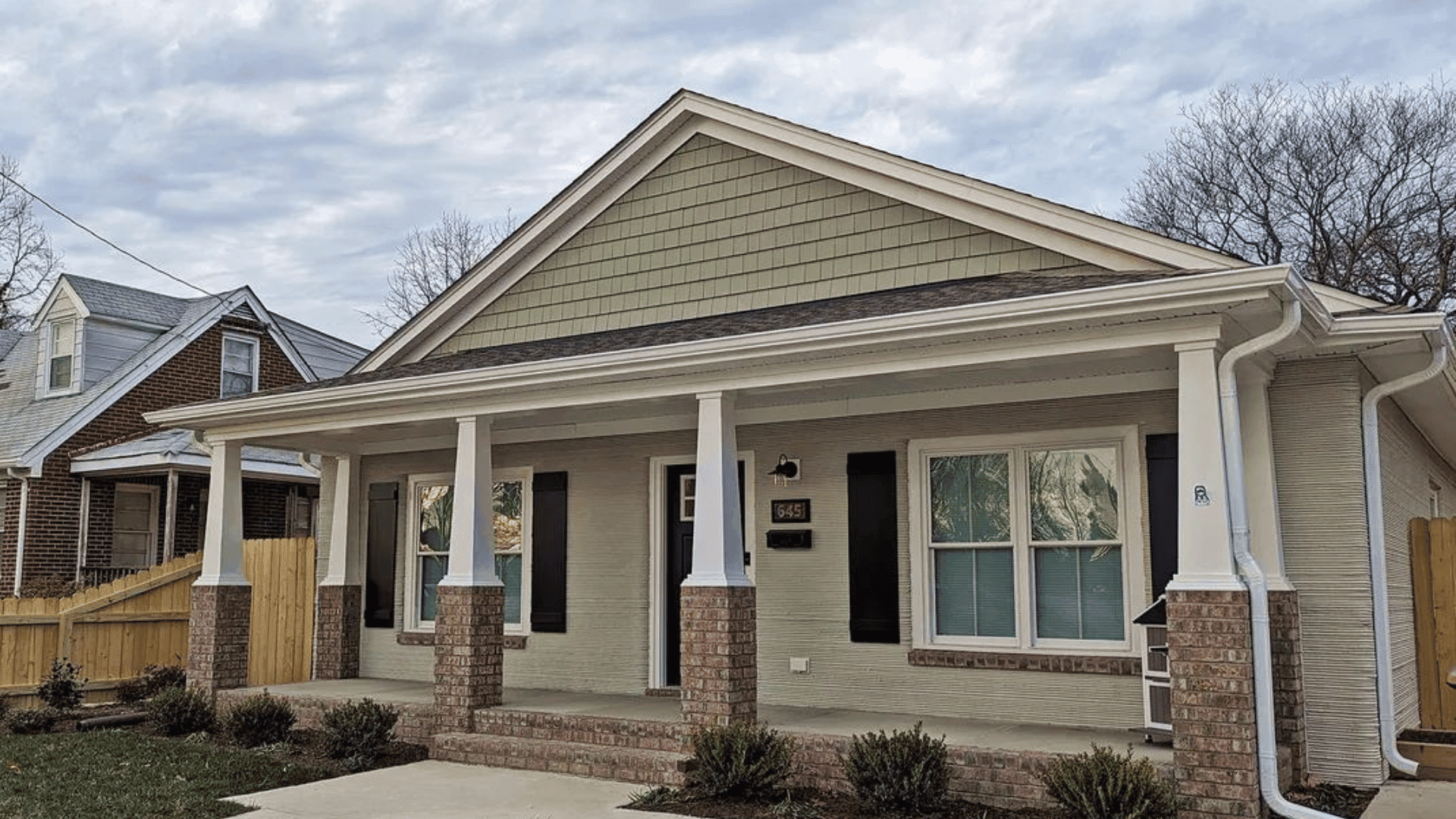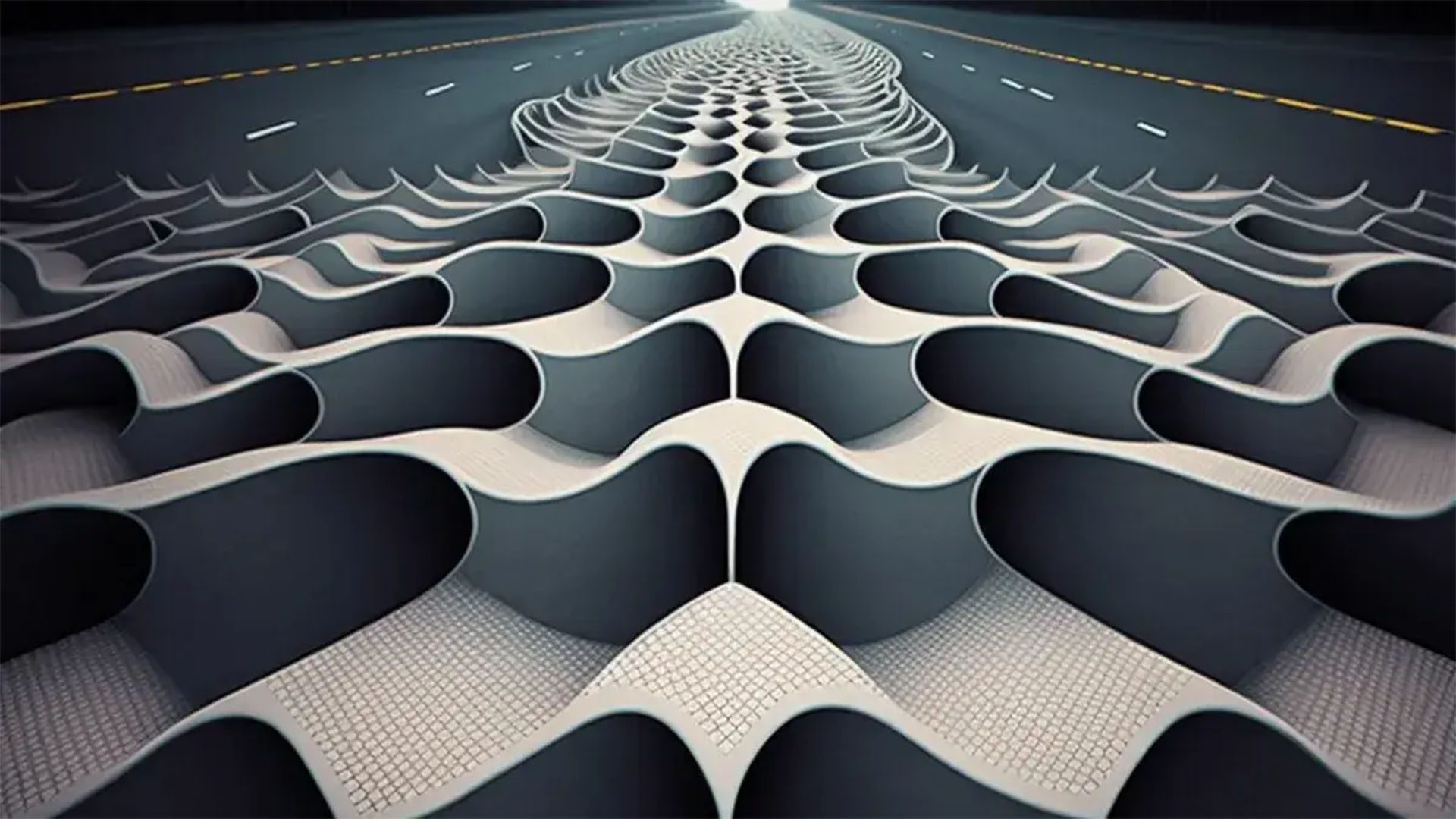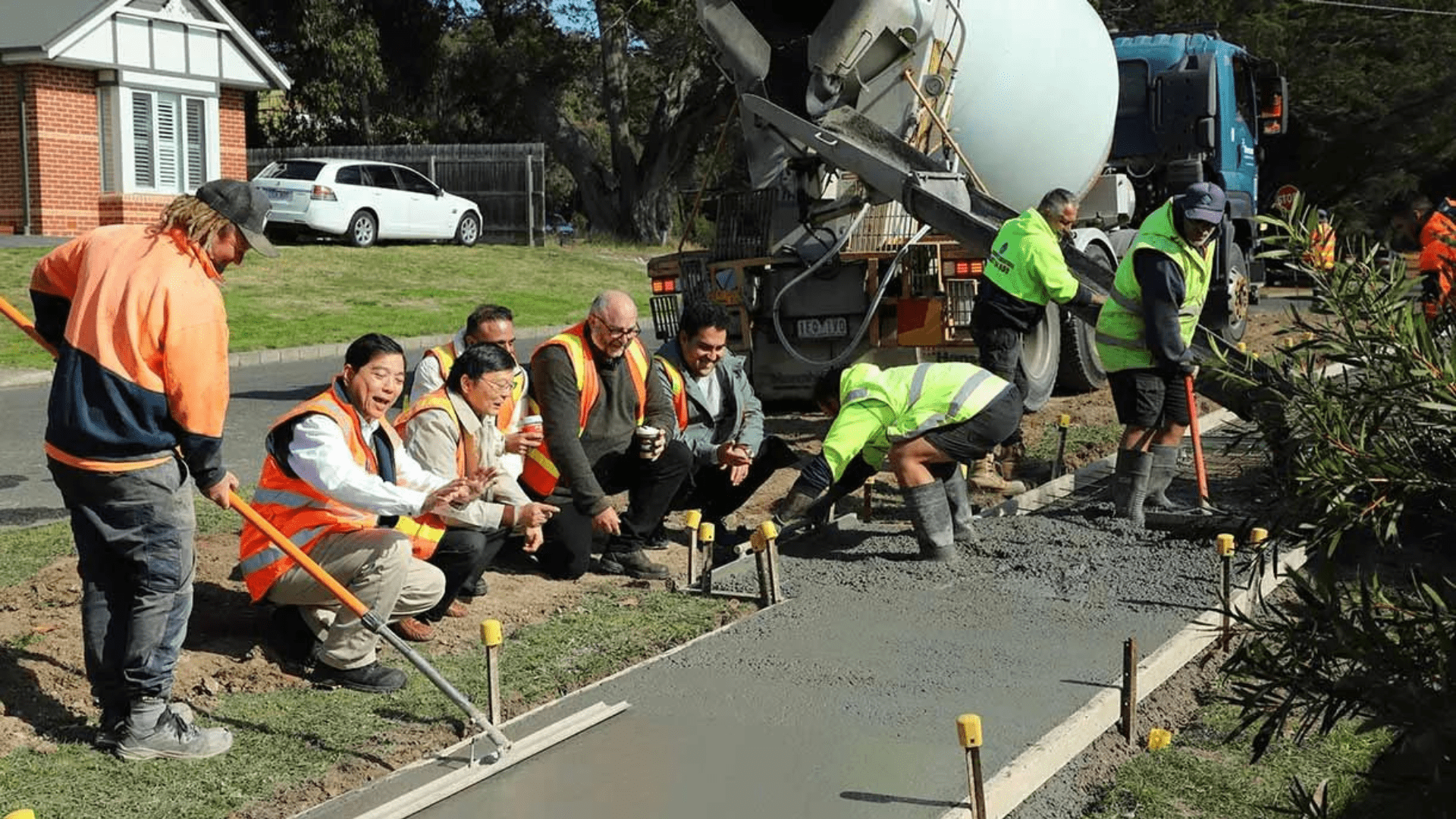The Massachusetts Institute of Technology (MIT) labs are working on transforming concrete, one of the most common materials of modern infrastructure. This new technology redefines how we store energy.
Energy Storing Concrete
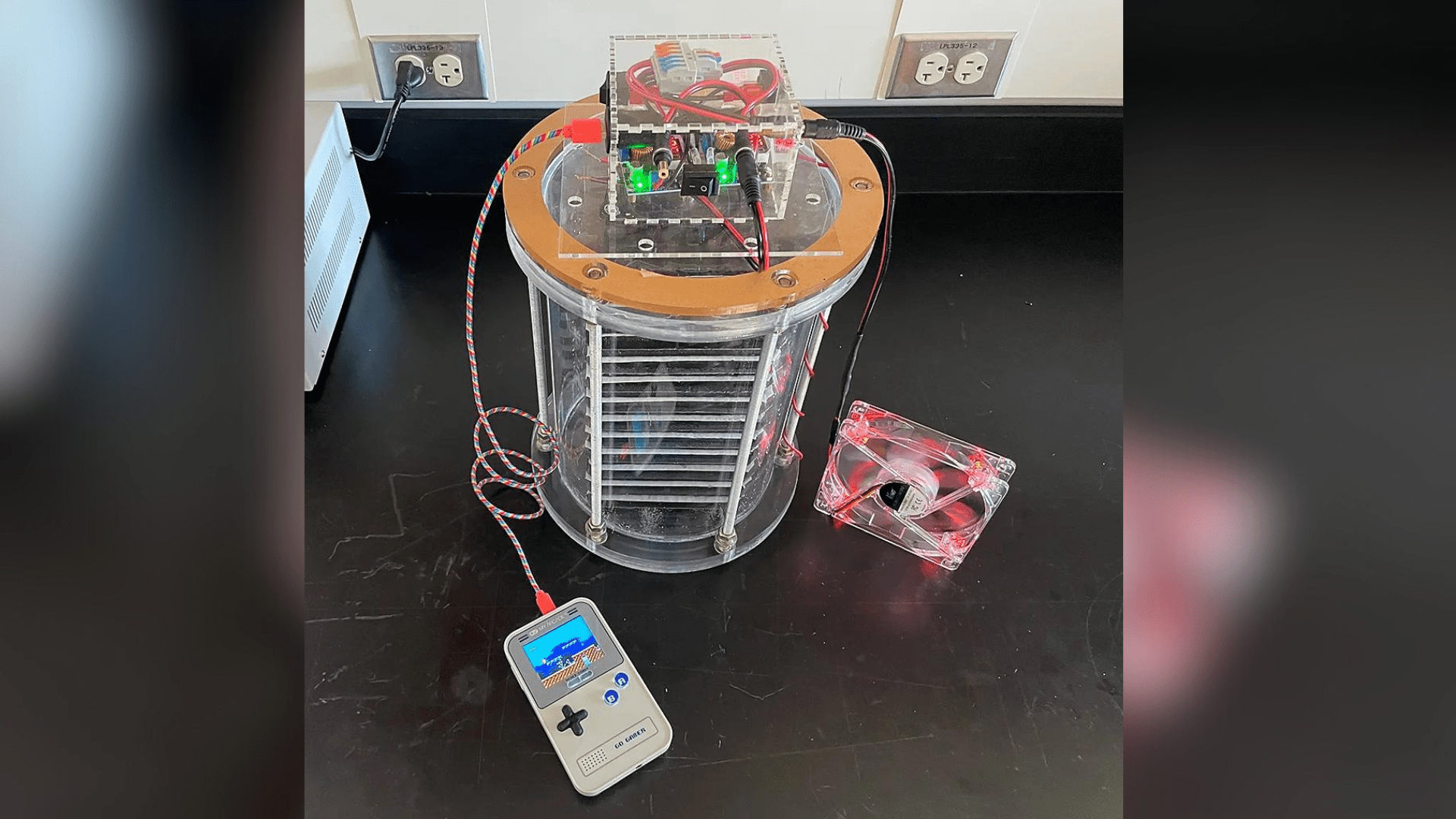
Researchers from MIT and Harvard collaborated to develop a new type of concrete. It combines cement, water, and a soot-like substance that stores energy. Concrete is a crucial construction material, but it is on the brink of becoming a way to power our homes and buildings. The innovation uses three readily available ingredients: cement, water, and carbon black, which stores energy.
“At first I didn’t believe it,” team leader Dr. Damian Stefaniuk said when recalling the moment an LED powered up from their concrete supercapacitor. The supercapacitor is not a replacement for traditional batteries; however, it does offer significant potential to revolutionize how we power our lives. The researchers created a material with electric pathways thanks to carbon black and cement. As a result, the pathways allow the supercapacitor to store large amounts of energy. According to the researchers, storing excess energy from renewable resources such as solar or wind is an ideal option. The new material is essentially capable of rapidly capturing and releasing energy. This is particularly valuable for intermittent renewable resources. For example, the sun doesn’t always shine for solar power.
Moreover, traditional batteries often rely on lithium, but there are environmental concerns and supply limitations.
Explore Tomorrow's World from your inbox
Get the latest innovations shaping tomorrow’s world delivered to your inbox!
I understand that by providing my email address, I agree to receive emails from Tomorrow's World Today. I understand that I may opt out of receiving such communications at any time.
Constructing a Sustainable Future
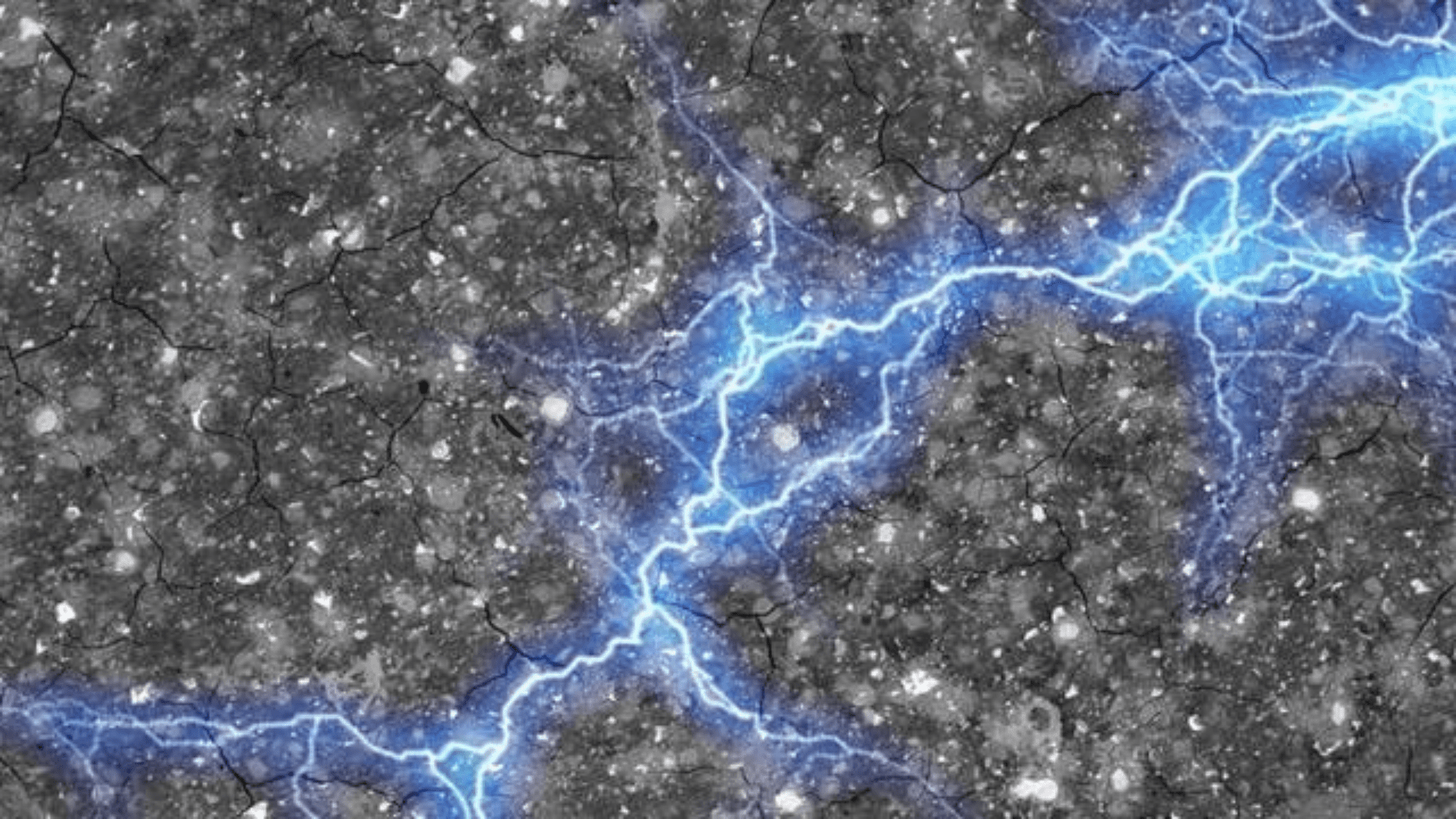
The potential for the concrete supercapacitor goes beyond powering structures that are off-grid. There is potential for roads made of energy-storing material that charge electric cars while they drive. Or, what if they could make a building’s foundation out of it that contributes to the power grid? As technology progresses, it opens up more and more opportunities.
However, it’s challenging to get to that point. The concrete supercapacitor isn’t capable of providing a stable power output. The researchers say it discharges energy too quickly. In addition, cement production is an environmental concern because it is a significant source of carbon emissions.
Dr. Michael Short is a sustainable engineering expert at Teesside University in the UK. He said, “The research opens many interesting potential avenues.” Short says more research is needed to scale the technology up and mitigate the environmental issues. Like most innovations and breakthroughs, it’s not perfect the first time. However, it gives us a glimpse into the future and what could power our lives one day.



